Home>Garden Essentials>How Does A Greenbelt Differ From Green Space
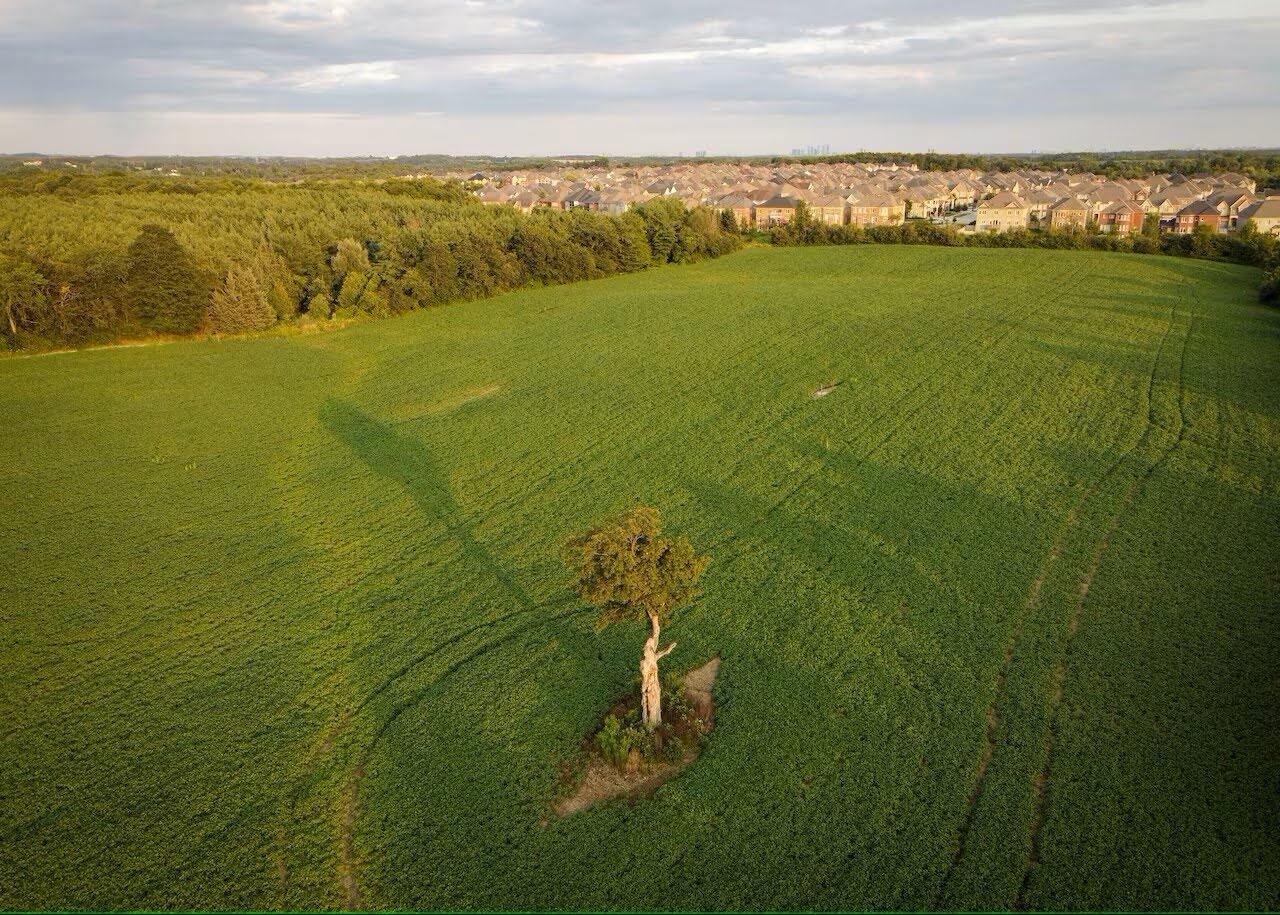

Garden Essentials
How Does A Greenbelt Differ From Green Space
Modified: March 7, 2024
Discover the key differences between a greenbelt and green space, and how they relate to your garden. Explore the benefits and features of both options for a greener and more sustainable environment.
(Many of the links in this article redirect to a specific reviewed product. Your purchase of these products through affiliate links helps to generate commission for Storables.com, at no extra cost. Learn more)
Introduction
Welcome to the world of green spaces and greenbelts! Whether you are an urbanite seeking a breath of fresh air or a nature enthusiast looking for a tranquil retreat, these terms are likely to pique your interest. While both green spaces and greenbelts contribute to the overall well-being of communities, they have distinct characteristics and serve different purposes. In this article, we will explore the nuances between greenbelts and green spaces, and delve into their unique features, benefits, and the crucial role they play in conserving nature.
As cities continue to expand and landscapes increasingly succumb to development, preserving open spaces becomes ever more important. Green spaces and greenbelts offer refuge for both humans and wildlife, acting as essential components of an ecological balance. However, their definitions and functions diverge, with each playing a specific role in shaping our environments.
To fully comprehend the differences between greenbelts and green spaces, let us first examine their definitions and the purposes they serve.
Key Takeaways:
- Greenbelts act as protective barriers, preserving nature and limiting urban sprawl. Community involvement is crucial for their success, ensuring the well-being of both people and the environment.
- Green spaces provide recreational opportunities, improve air quality, and promote community well-being. Community engagement is essential for their preservation and sustainability, creating vibrant and healthy urban environments.
Read more: How To Freeze Green Beans From The Garden
Definition of a Greenbelt
A greenbelt is a designated area of land, usually surrounding an urban area, that is preserved and protected from intensive development. It acts as a buffer zone between urban and rural areas, serving to limit urban sprawl and preserve the natural environment. Greenbelts are often established to maintain the visual appeal of a city, protect agricultural land, and promote biodiversity.
Greenbelts are typically larger in size compared to green spaces, covering expansive areas of land. They are strategically located to prevent urban encroachment into natural habitats and to maintain separation between different urban areas. Greenbelts often consist of open fields, forests, wetlands, and protected wildlife habitats. These areas may also include agricultural land used for farming and food production.
The primary purpose of a greenbelt is to maintain a healthy balance between urban development and the natural environment. It serves as a protective barrier against urbanization, ensuring the preservation of natural landscapes, wildlife habitats, and ecological systems. Greenbelts are designed to ensure the long-term sustainability of communities by preventing the loss of green spaces to urban expansion.
The establishment of greenbelts is a deliberate planning strategy aimed at controlling urban growth, managing population density, and preserving the scenic and environmental qualities of an area. By creating a spatial separation between urban and rural zones, greenbelts help to prevent the merging of adjacent towns and cities, thus preserving the distinct identities and characteristics of each area.
It is important to note that the specific regulations and guidelines for greenbelts may vary from one region to another. Some greenbelts may have strict restrictions on development activities, while others may allow certain types of low-impact developments that contribute to the economic and social well-being of the community.
Definition of Green Space
Green space refers to any area within an urban or suburban environment that is predominantly covered with vegetation, such as parks, gardens, public squares, and other open areas. These spaces are intentionally designed and maintained to provide recreational opportunities, enhance the aesthetic appeal of the surroundings, and contribute to the overall well-being of residents.
Green spaces come in various shapes and sizes, ranging from small neighborhood parks to expansive botanical gardens. They can be found in both residential and commercial areas, offering a peaceful retreat from the hustle and bustle of city life. These areas are often adorned with trees, shrubs, flower beds, and grassy lawns, creating a serene and natural ambiance.
The main purpose of green spaces is to provide opportunities for outdoor recreation and relaxation. They serve as gathering places for communities, allowing people to engage in various activities such as picnicking, exercising, playing sports, or simply enjoying nature. Green spaces also play a vital role in promoting physical and mental well-being by providing spaces for exercise, reducing stress levels, and improving air quality.
In addition to their recreational value, green spaces offer numerous environmental benefits. They act as natural filters, improving air quality by absorbing carbon dioxide and other pollutants while releasing oxygen. These areas also help to mitigate the urban heat island effect by providing shade and reducing surface temperatures. Green spaces contribute to biodiversity conservation by providing habitats for birds, insects, and other wildlife.
Green spaces promote social interaction and community cohesion. They offer opportunities for people of all ages and backgrounds to come together, fostering a sense of belonging and unity. Parks and gardens are often used as venues for community events, festivals, and cultural activities, strengthening social bonds and creating a vibrant and inclusive community.
It is worth noting that green spaces can be both publicly owned and privately owned. Public green spaces are typically maintained by local authorities and are accessible to all members of the community. Private green spaces, such as rooftop gardens or courtyard gardens, are usually associated with specific buildings or residential complexes, providing residents with a private oasis in an urban setting.
Purpose of a Greenbelt
The purpose of a greenbelt is multifaceted, encompassing both environmental and urban planning objectives. These areas of preserved land surrounding or within urban areas serve several crucial functions in creating sustainable and livable communities.
1. Limiting Urban Sprawl: One of the primary purposes of a greenbelt is to combat urban sprawl by acting as a buffer zone between urban and rural areas. By designating certain areas as greenbelts, policymakers can control and manage the expansion of cities, preventing them from merging into one another. This containment of urban growth helps preserve the unique characteristics and identities of different communities.
2. Preserving Natural Environment: Greenbelts play a vital role in safeguarding the natural environment by preventing the encroachment of urban development into sensitive ecosystems. These areas help protect biodiversity, maintain wildlife habitats, and conserve natural resources. Greenbelts often include wetlands, forests, and open fields that provide vital ecosystems for flora and fauna to thrive.
3. Protecting Agricultural Land: Many greenbelts encompass agricultural areas, providing a buffer between urbanized regions and productive farmland. Preserving these lands ensures long-term food security by protecting agricultural resources, sustaining local farming practices, and fostering connections between urban dwellers and the rural landscape.
4. Enhancing Visual Appeal: Greenbelts contribute to the aesthetic appeal of urban areas by providing visually pleasing landscapes near the city’s periphery. These scenic areas of natural beauty and open spaces offer a welcome contrast to the built-up environments commonly associated with urban living. They help improve the overall quality of life for residents and visitors alike.
5. Promoting Outdoor Recreation: Greenbelts often offer recreational opportunities for the community, providing spaces for leisure activities, exercise, and relaxation in a natural setting. Residents can explore hiking and biking trails, have picnics, play sports, and engage in various outdoor pursuits. These activities promote an active lifestyle, mental well-being, and community bonding.
6. Mitigating Environmental Issues: Greenbelts contribute to mitigating a range of environmental issues associated with urbanization. By preserving natural areas, they help reduce air and water pollution, absorb greenhouse gases, and combat the urban heat island effect. The presence of vegetation in greenbelts also aids in water management by absorbing and filtering rainwater, reducing the risk of flooding.
7. Supporting Sustainable Development: Greenbelts align with the principles of sustainable development by promoting a balanced approach to urban growth. They encourage compact, efficient urban design and discourage urban sprawl, which can lead to traffic congestion, increased energy consumption, and the loss of green spaces. Greenbelts foster sustainable communities that prioritize environmental stewardship and improved quality of life for residents.
By serving these purposes, greenbelts help create a harmonious balance between urban development and the natural environment, ensuring the long-term sustainability and livability of communities.
Purpose of Green Space
Green spaces serve a multitude of purposes, contributing to the physical, mental, and social well-being of individuals and communities. These areas of vegetation within urban environments are intentionally designed and maintained to fulfill various objectives that enhance the quality of life for residents and visitors.
1. Recreational Opportunities: Green spaces provide opportunities for outdoor recreation, allowing individuals of all ages to engage in physical activities such as walking, jogging, cycling, and playing sports. These areas act as venues for organized sports events and leisurely activities, promoting a healthy and active lifestyle.
2. Aesthetic Enhancement: Green spaces enhance the visual appeal of urban areas, providing a refreshing contrast to the surrounding built environment. Trees, flowers, and well-maintained gardens create a pleasing aesthetic, adding beauty and serenity to the cityscape. These areas offer a respite from the concrete jungle, bringing natural elements into the urban fabric.
3. Improved Mental Well-being: Spending time in green spaces has been shown to have positive effects on mental health. The presence of nature and greenery has a calming and stress-relieving impact, allowing individuals to unwind and connect with the natural world. Green spaces provide a peaceful environment that promotes relaxation and helps alleviate the pressures of urban living.
4. Environmental Benefits: Green spaces contribute to environmental sustainability by reducing air pollution, absorbing carbon dioxide, and releasing oxygen. They play a role in mitigating the urban heat island effect by providing shade and cooling the surrounding areas. Green spaces also help in managing water runoff, preventing flooding, and improving water quality through natural filtration processes.
5. Habitat Preservation: Green spaces act as important habitats for a variety of plant and animal species, supporting biodiversity within urban environments. By providing food, shelter, and breeding grounds for wildlife, green spaces play a crucial role in maintaining the ecological balance and preserving urban biodiversity.
6. Social Interaction and Community Cohesion: Green spaces serve as gathering points for communities, offering spaces for social interaction and connections. People can engage in group activities, picnics, and community events, strengthening social bonds and fostering a sense of belonging. Green spaces often become focal points for community celebrations, cultural festivals, and recreational programs.
7. Educational Opportunities: Green spaces provide educational opportunities for individuals of all ages to learn about plants, ecosystems, and conservation. Botanical gardens, nature reserves, and educational trails within green spaces offer interpretive signage and programs that promote environmental awareness and understanding.
By fulfilling these purposes, green spaces contribute to the overall livability and well-being of communities, creating vibrant and sustainable urban environments.
Read more: How To Cook Green Beans From Garden
Characteristics of a Greenbelt
A greenbelt possesses distinct characteristics that distinguish it from other types of land and contribute to its unique role in urban and environmental planning. These features help define and shape the purpose and function of a greenbelt.
1. Large Area: Greenbelts typically cover extensive areas of land, which can range from a few acres to thousands of acres, depending on the specific region and its urban context. The large size allows for the preservation of significant open spaces and the integration of diverse natural habitats.
2. Buffer Zone: Greenbelts are strategically located as buffer zones between urban areas and surrounding rural or natural landscapes. They act as a transition zone, separating built-up urban environments from more natural and less developed areas. This buffer helps limit urban encroachment while preserving the integrity of rural or ecologically sensitive lands.
3. Ecological Diversity: Greenbelts often encompass diverse ecological environments, including forests, wetlands, grasslands, and agricultural lands. This diversity supports a wide range of plant and animal species, contributing to the overall biodiversity and ecological balance of the region.
4. Conservation Focus: Greenbelts place a strong emphasis on conservation and preservation of natural resources. They prioritize the protection of valuable ecosystems, wildlife habitats, and scenic landscapes, ensuring their long-term viability and sustainability. Conservation initiatives may include restrictions on development activities, preservation of existing habitats, and restoration of degraded areas.
5. Multiple Land Uses: While the primary purpose of a greenbelt is to safeguard natural and rural areas, they often accommodate a range of compatible land uses. These can include agricultural activities, recreational amenities, educational facilities, and low-impact infrastructure such as walking trails or bike paths. This allows for the integration of human utilization while maintaining ecological integrity.
6. Connectivity: Greenbelts often incorporate connectivity elements, such as wildlife corridors, greenways, or interconnected trails. These features promote ease of movement for both humans and wildlife, facilitating recreational activities and supporting ecological connectivity across the landscape.
7. Long-Term Planning: Greenbelts are typically established through long-term planning and designated by regional or local authorities. They are part of a larger urban planning strategy, guiding future development patterns and ensuring sustainable growth. Greenbelt policies often include provisions for the long-term protection and management of these areas.
8. Collaboration and Partnerships: The successful establishment and management of greenbelts often involve collaboration between government agencies, local communities, conservation organizations, and other stakeholders. Partnerships enable effective land stewardship, public engagement, and the pooling of resources and expertise.
These characteristics collectively contribute to the vital role that greenbelts play in preserving natural environments, managing urban growth, and promoting sustainable development in and around urban areas.
Characteristics of Green Space
Green spaces, whether small parks or expansive gardens, possess specific characteristics that distinguish them from other types of urban land. These features contribute to their overall appeal and serve various functions within the urban landscape.
1. Vegetation: Green spaces are predominantly covered with vegetation, including trees, shrubs, flowers, and grassy areas. The presence of lush greenery adds a natural aesthetic to the urban environment and creates a calming atmosphere for visitors.
2. Size and Scale: Green spaces can range in size from small pocket parks to sprawling botanical gardens. They may be localized within neighborhoods, integrated into urban landscapes, or encompass larger expanses of land on the outskirts of cities. The size and scale of green spaces vary depending on the available land and the needs of the surrounding community.
3. Recreational Amenities: Green spaces often feature recreational amenities such as walking paths, playgrounds, sports fields, picnic areas, and seating. These facilities provide opportunities for physical activity, relaxation, and social gatherings within a natural setting.
4. Accessibility: Green spaces are designed to be accessible to residents and visitors, offering entry points and pathways that encourage exploration and use. They are typically located within close proximity to residential areas, allowing easy access for nearby communities.
5. Maintenance and Care: Green spaces require regular maintenance to ensure they remain in optimal condition. This includes tasks such as mowing grass, pruning trees and shrubs, planting seasonal flowers, and general upkeep. The level of maintenance varies depending on the size and design of the green space.
6. Biodiversity: Green spaces can support a diverse array of plant and animal species, offering habitats for insects, birds, and small mammals. Through the use of native plantings and landscape design, green spaces can attract wildlife and contribute to urban biodiversity.
7. Multifunctional Use: Green spaces serve multiple purposes within urban environments. They act as gathering places for community events, provide recreational opportunities for individuals and families, offer spaces for relaxation and respite, and contribute to the overall aesthetics of the surrounding area.
8. Seasonal Variation: Green spaces showcase the changing seasons through the blooming of flowers in spring, the vibrant foliage in autumn, and the serene beauty of winter landscapes. These seasonal variations add visual interest and create diverse experiences throughout the year.
9. Environmental Benefits: Green spaces provide environmental benefits by reducing air pollution, absorbing carbon dioxide, and mitigating the urban heat island effect. They also contribute to water management through natural drainage processes and promote biodiversity conservation within urban areas.
10. Community Engagement: Green spaces encourage community engagement and involvement. They offer opportunities for volunteering, community gardening, and organizing events, fostering a sense of ownership and stewardship among residents.
The characteristics of green spaces make them valuable components of the urban fabric, creating places of respite, promoting health and well-being, and enhancing the overall livability of cities and towns.
A greenbelt is a protected area of open land surrounding a city, while green space refers to any area of grass, trees, or other vegetation. Greenbelts are specifically designated for environmental and recreational purposes, while green space can be found in various urban and rural settings.
Benefits of a Greenbelt
Greenbelts offer a range of significant benefits to both the natural environment and the communities they surround. These benefits contribute to the overall well-being, sustainability, and quality of life for residents and the broader ecosystem. Let’s explore some key advantages of greenbelts:
1. Preservation of Natural Areas: Greenbelts play a crucial role in preserving natural landscapes, protecting ecosystems, and conserving biodiversity. By limiting urban encroachment and development in these areas, greenbelts help safeguard valuable habitats for plants, animals, and native species.
2. Mitigation of Urban Sprawl: Greenbelts act as a buffer between urban and rural areas, preventing the uncontrolled spread of urban development. This containment helps manage population growth, maintain the distinct identities of neighboring communities, and protect agricultural lands from urban encroachment.
3. Enhanced Ecological Balance: Greenbelts support the maintenance of ecological balance by providing corridors for wildlife movement and promoting connectivity between fragmented habitats. These interconnected green spaces increase biodiversity, allowing for the movement and migration of species.
4. Improved Air and Water Quality: Greenbelts assist in improving air and water quality within urban areas. Trees and plants in the greenbelt act as natural filters, absorbing pollutants and reducing the levels of harmful airborne particles. They also play a vital role in managing stormwater runoff, reducing the risk of flooding, and filtering pollutants from rainwater.
5. Climate Regulation: Greenbelts contribute to climate regulation in urban environments. The presence of trees and vegetation helps to cool the surrounding area by providing shade, reducing the urban heat island effect, and lowering energy demands for cooling. Greenbelts also act as carbon sinks, absorbing and storing carbon dioxide, a major greenhouse gas responsible for climate change.
6. Recreational Opportunities: Greenbelts offer extensive recreational opportunities for nearby communities. Residents can engage in outdoor activities such as hiking, biking, birdwatching, or nature walks, promoting an active lifestyle and enhancing physical and mental well-being. These recreational spaces also foster a connection to nature and provide settings for family outings and community events.
7. Support for Local Agriculture: Many greenbelts encompass agricultural areas, supporting local farming practices and ensuring the availability of fresh and locally grown food. By protecting agricultural lands from urban development, greenbelts contribute to food security, preserve rural culture, and provide economic opportunities for the farming community.
8. Enhanced Quality of Life: Access to greenbelts enhances the overall quality of life for residents. The proximity to nature offers a sense of tranquility, stress reduction, and improved mental well-being. Greenbelts provide opportunities for recreation, exercise, and social interaction, fostering a sense of community and enhancing social connections.
9. Economic Value: Greenbelts have economic value beyond their ecological benefits. They can serve as tourist attractions, attracting visitors and generating revenue for local businesses. Greenbelt areas can also contribute to increased property values in nearby communities, creating desirable living environments.
Overall, greenbelts are essential elements in creating sustainable and livable cities. They provide a myriad of benefits for both the environment and the communities that they encompass, contributing to the long-term well-being of present and future generations.
Benefits of Green Space
Green spaces offer numerous benefits to individuals, communities, and the environment. These areas of vegetation within urban environments contribute to the overall well-being and quality of life in various ways. Let’s explore some of the key benefits of green spaces:
1. Physical and Mental Health: Green spaces provide opportunities for outdoor exercise, improving physical fitness and overall well-being. Whether it’s jogging, walking, or practicing yoga, spending time in green spaces promotes an active lifestyle and helps reduce the risk of chronic diseases. Moreover, green spaces have a positive impact on mental health, reducing stress, improving mood, and enhancing cognitive function.
2. Improved Air Quality: Green spaces play a crucial role in improving urban air quality. Trees and plants act as natural filters, absorbing pollutants and releasing oxygen. They help reduce levels of harmful pollutants such as carbon dioxide, particulate matter, and nitrogen dioxide, leading to cleaner and healthier air for residents living in close proximity to green spaces.
3. Climate Regulation: Green spaces contribute to climate regulation by mitigating the urban heat island effect. Trees and vegetation provide shade, reducing surface temperatures and lowering energy demands for cooling. They also act as carbon sinks, absorbing and storing carbon dioxide, thereby mitigating the impacts of climate change.
4. Biodiversity Conservation: Green spaces serve as havens for biodiversity within urban environments. They provide habitats for a variety of plant and animal species, including birds, insects, and small mammals. Green spaces that incorporate native plantings and diverse ecosystems promote biodiversity conservation and support ecosystem resilience.
5. Social Engagement and Community Cohesion: Green spaces act as gathering places for social interactions and community activities. They provide spaces for picnics, barbecues, and outdoor events where people can connect with friends, family, and neighbors. Green spaces also foster stronger community bonds, as residents come together for gardening projects, yoga classes, or other shared activities.
6. Aesthetics and Urban Beautification: Green spaces enhance the visual appeal of urban areas, contributing to the overall aesthetics and beautification of the cityscape. Vibrant flowers, well-maintained lawns, and trees provide a refreshing visual contrast to built-up environments, creating a more pleasant and inviting atmosphere.
7. Noise Reduction: Green spaces help mitigate noise pollution by acting as natural sound barriers. Trees and vegetation can absorb and deflect sound waves, reducing the impact of noise from traffic, construction, and other urban activities. This creates a calmer and more peaceful environment for nearby residents.
8. Education and Learning Opportunities: Green spaces offer educational opportunities for children and adults alike. Botanical gardens, nature reserves, and community gardens provide spaces for environmental education, teaching about plant life, ecosystems, conservation, and sustainable gardening practices. Green spaces encourage hands-on learning and foster a deeper connection to nature.
9. Economic Value: Green spaces have economic value for communities. They attract tourism, stimulating local businesses and supporting the hospitality industry. Green spaces can also increase property values in nearby areas, making them desirable places to live and contributing to a vibrant real estate market.
Green spaces are essential components of urban environments, providing a wide range of benefits that enhance physical and mental health, foster social connections, improve environmental quality, and contribute to overall livability. Investing in and preserving these spaces is crucial for creating sustainable and thriving cities.
Protection and Conservation in a Greenbelt
Protection and conservation are fundamental components of greenbelts, ensuring the long-term integrity and sustainability of these areas. Greenbelts play a crucial role in safeguarding natural environments, preserving biodiversity, and mitigating the impacts of urban development. Let’s explore the key aspects of protection and conservation in a greenbelt:
1. Preservation of Natural Habitats: Greenbelts are designed to preserve and protect natural habitats, ensuring the survival of plant and animal species. These areas provide vital ecosystems for wildlife, including nesting sites, foraging areas, and migratory routes. By limiting human disturbance and conserving natural habitats, greenbelts help maintain the ecological balance and avoid the loss of critical habitats.
2. Biodiversity Conservation: Greenbelts contribute to biodiversity conservation by providing refuges for diverse plant and animal species. The presence of varied habitats within greenbelts supports a rich array of flora and fauna. Measures are taken to protect rare or endangered species, promote native plantings, and control the spread of invasive species, allowing for the preservation of local biodiversity.
3. Habitat Connectivity: Greenbelts facilitate the connectivity of fragmented habitats. They act as corridors that link natural areas, enabling the movement of wildlife between different patches of green spaces. This connectivity ensures genetic diversity, promotes species resilience, and supports wildlife migration, contributing to the overall health and sustainability of ecosystems.
4. Conservation Farming Practices: In agricultural greenbelts, conservation farming practices are often encouraged to reduce the environmental impact of farming activities. This includes promoting sustainable farming practices, such as crop rotation, reduced pesticide use, and the preservation of hedgerows and field margins. These practices help maintain soil health, protect water quality, and promote biodiversity in farming areas.
5. Restricting Urban Development: Greenbelts serve as a buffer zone between urban and rural areas, limiting urban development and sprawl. Stringent regulations and land use policies control development activities, preventing the encroachment of urbanization into the greenbelt. This restriction helps preserve open spaces, protect agricultural lands, and maintain the visual appeal and character of the surrounding areas.
6. Land Stewardship and Management: Greenbelts require active land stewardship and management to ensure their protection and conservation. Local authorities, conservation organizations, and community groups collaborate to monitor and manage these areas effectively. This may involve regular maintenance to control invasive species, restoration efforts, and habitat monitoring to ensure the long-term health and vitality of the greenbelt.
7. Education and Public Engagement: Greenbelts play a crucial role in educating the public about the importance of conservation and environmental stewardship. They offer opportunities for environmental education programs, guided nature walks, and public awareness campaigns to engage the community. These initiatives promote a deeper understanding of the value of green spaces and encourage individuals to become advocates for conservation.
8. Sustainable Land Use Planning: Greenbelts are integrated into sustainable land use planning to balance environmental protection with human needs. They support the goals of smart growth and sustainable development by guiding urban expansion, managing population growth, and protecting key natural resources. Greenbelts promote land use practices that prioritize long-term ecological sustainability and account for the needs of present and future generations.
Protection and conservation practices in greenbelts are essential for preserving natural habitats, maintaining biodiversity, and promoting sustainable development. Greenbelts provide a blueprint for effective land management, ensuring the coexistence of nature and urban environments for the benefit of both humans and the natural world.
Protection and Conservation in Green Space
Protection and conservation are key aspects of green spaces, ensuring the preservation and sustainability of these vital areas within urban environments. Green spaces play a crucial role in safeguarding natural resources, promoting biodiversity, and mitigating the impacts of urbanization. Let’s explore the key elements of protection and conservation found in green spaces:
1. Preservation of Natural Features: Green spaces prioritize the preservation of natural features within urban environments. These areas often include forests, wetlands, meadows, or bodies of water that provide habitats for diverse species of plants and animals. By protecting natural features, green spaces maintain essential ecosystems and contribute to biodiversity conservation.
2. Biodiversity Conservation: Green spaces support biodiversity conservation by providing habitats and resources for a variety of plant and animal species. These areas offer a refuge for native plants and endangered wildlife, promoting species diversity and ecological balance in urban environments. Conservation efforts in green spaces often focus on preserving native flora, identifying and protecting endangered species, and creating wildlife-friendly habitats.
3. Sustainable Landscaping Practices: Green spaces employ sustainable landscaping practices to minimize environmental impact and conserve resources. This includes using native plant species that are adapted to the local climate, reducing water consumption through efficient irrigation systems, and practicing integrated pest management to minimize the use of pesticides. Sustainable landscaping techniques aim to maintain the health and resilience of green spaces while minimizing negative impacts on the environment.
4. Water Management: Green spaces play a significant role in water management by reducing the risk of flooding, improving water quality, and supporting natural drainage systems. Vegetation in green spaces helps absorb and filter rainwater, reducing stormwater runoff and alleviating pressure on urban drainage systems. Wetlands and retention ponds within green spaces act as natural water storage and treatment areas, promoting ecological balance and ensuring sustainable water management.
5. Environmental Education: Green spaces provide opportunities for environmental education, helping to raise awareness about the importance of conservation. They often host educational programs, guided nature walks, and workshops to engage the community and promote environmental stewardship. These initiatives aim to foster a sense of environmental responsibility, encouraging individuals to take active roles in protecting and conserving natural resources.
6. Community Participation and Engagement: Green spaces rely on community participation and engagement for effective protection and conservation. Community involvement may involve volunteer programs, citizen science initiatives, and collaborative efforts with local organizations. Engaging the community in the care and management of green spaces not only strengthens the bond between residents and their natural surroundings but also ensures the long-term sustainability of these areas.
7. Regulating Access and Activities: Green spaces often have guidelines and regulations in place to protect the natural environment and ensure responsible use. These may include restrictions on activities that could harm the ecosystem, such as off-trail hiking, littering, or disturbance of wildlife. Regulating access and activities in green spaces helps minimize human impacts and maintain the integrity of the natural environment.
8. Land Stewardship and Maintenance: Proper land stewardship and maintenance practices are essential for the protection and conservation of green spaces. Regular maintenance activities, such as tree pruning, weed control, and litter removal, help preserve the health and aesthetics of the area. Skilled management ensures that green spaces continue to thrive and provide their full range of environmental, social, and economic benefits.
Protection and conservation in green spaces are critical for maintaining the ecological integrity, promoting biodiversity, and creating sustainable urban environments. By taking proactive measures, green spaces can continue to serve as invaluable natural oases within our cities, benefiting both people and the environment.
Role of Community Involvement in Greenbelt
Community involvement plays a crucial role in the success and effectiveness of greenbelts. Engaging local residents and stakeholders in the planning, management, and conservation of greenbelt areas fosters a sense of ownership, enhances environmental stewardship, and promotes the long-term sustainability of these valuable natural resources. Here are key aspects of community involvement in greenbelts:
1. Stakeholder Collaboration: Effective community involvement requires collaboration between local residents, community organizations, businesses, government agencies, and other stakeholders. This collaboration ensures a comprehensive and inclusive approach to greenbelt management, incorporating diverse perspectives and expertise.
2. Participatory Planning: Involving the community in the planning process for greenbelts allows residents to voice their opinions and contribute their ideas. Participatory planning enables the identification of community needs and values, ensuring that greenbelt development aligns with the interests and aspirations of local residents.
3. Volunteer Programs: Greenbelts often have volunteer programs that allow residents to actively contribute to the care and maintenance of these areas. Community members can participate in activities such as tree planting, trail maintenance, invasive species removal, and habitat restoration. Volunteer programs foster a sense of pride, ownership, and responsibility for the greenbelt among residents.
4. Education and Awareness: Community involvement in greenbelts includes educational initiatives to inform residents about the importance of green spaces, biodiversity conservation, and sustainable practices. Educational programs can include guided nature walks, workshops, and talks that engage community members in environmental learning. Increasing awareness about the benefits of greenbelts helps build support and understanding for their preservation.
5. Monitoring and Reporting: Community members can play a vital role in monitoring the health and well-being of greenbelt areas. By reporting any environmental concerns, such as illegal dumping or encroachments, community involvement ensures early detection and prompt action to address potential threats. This vigilance helps maintain the integrity of the greenbelt and protect against unauthorized activities.
6. Advocacy and Outreach: Community members can act as advocates, promoting the value and importance of greenbelts to decision-makers and the wider public. They can engage in outreach activities, such as organizing public events, writing to local authorities, or utilizing social media platforms, to raise awareness and garner support for greenbelt initiatives.
7. Sustainable Use and Enjoyment: Community involvement in greenbelts encourages responsible and sustainable use of these areas. By educating residents about appropriate behavior, waste management practices, and respect for wildlife and natural habitats, the community can help ensure that the environmental integrity of the greenbelt is preserved for current and future generations.
8. Community-led Initiatives: Community involvement in greenbelts often leads to the formation of community-led initiatives and organizations focused on conservation, preservation, and advocacy. These groups may undertake projects such as creating community gardens, organizing educational programs, initiating citizen science projects, or fundraising for greenbelt enhancements. These grassroots efforts strengthen community bonds and empower individuals to take ownership of the greenbelt.
Community involvement plays a vital role in the success and sustainability of greenbelt areas. By actively engaging residents in planning, stewardship, and advocacy, greenbelts can become vibrant spaces that reflect the values and aspirations of the local community while preserving and protecting the natural environment.
Role of Community Involvement in Green Space
Community involvement is crucial for the success and sustainability of green spaces within urban areas. Engaging the local community in the planning, development, and maintenance of green spaces fosters a sense of ownership, promotes environmental stewardship, and enhances the overall well-being of residents. Here are key aspects of community involvement in green space:
1. Participatory Planning: Engaging the community in the planning process for green spaces allows residents to contribute their ideas, needs, and aspirations. It ensures that the design and programming of green spaces align with the preferences and priorities of the local community. Collectively, community members can provide valuable insights and perspectives that shape the development of green spaces to best meet the needs of the surrounding area.
2. Community Gardens and Allotments: Community gardens and allotments within green spaces provide opportunities for residents to actively engage in food production, foster a sense of community, and encourage sustainable practices. Community members work together to maintain the garden plots, share expertise, and cultivate a variety of fruits, vegetables, and herbs. These spaces not only promote healthy eating but also create social connections and strengthen community bonds.
3. Volunteer Programs: Green spaces often have volunteer programs that allow community members to actively contribute to their maintenance and improvement. Volunteering activities can include planting trees, maintaining gardens, removing litter, or participating in ecological restoration projects. By volunteering, community members take pride in caring for their green spaces and play a valuable role in preserving and enhancing their overall beauty and functionality.
4. Education and Environmental Awareness: Green spaces provide opportunities for environmental education and awareness programs. Community involvement in these programs helps raise awareness about the importance of green spaces, biodiversity conservation, and sustainable practices. Educational initiatives can include guided nature walks, workshops, and lectures that engage community members in learning about the local flora and fauna, ecological processes, and the benefits of green spaces for human health and well-being.
5. Social and Cultural Activities: Green spaces serve as gathering places for various social and cultural activities organized by the local community. These activities can include community picnics, outdoor concerts, arts and crafts markets, or cultural festivals. By hosting such events, green spaces become vibrant community hubs, fostering a sense of belonging, cultural exchange, and social cohesion among residents.
6. Maintenance and Monitoring: Community involvement plays a critical role in the ongoing maintenance of green spaces. Community members can participate in monitoring activities, reporting any maintenance or safety concerns to the relevant authorities. By being actively engaged in the upkeep of green spaces, the community helps ensure their cleanliness, safety, and optimal functionality.
7. Health and Well-being: Community involvement in green spaces promotes physical activity, mental well-being, and social interaction. Green spaces provide opportunities for exercise, recreational activities, and relaxation, contributing to improved physical and mental health outcomes for community members. Engaging in these activities within the green spaces allows residents to connect with nature, reduce stress, and foster a greater sense of overall well-being.
8. Advocacy and Partnerships: Community involvement in green spaces often leads to advocacy efforts and the formation of partnerships with local authorities, non-profit organizations, and businesses. Community-driven advocacy campaigns can raise awareness, garner support, and secure resources for the development and maintenance of green spaces. Partnerships help leverage expertise, funding, and resources, creating stronger networks for the continued enhancement and long-term sustainability of green spaces.
Community involvement is integral to the success and vitality of green spaces. It empowers residents to actively contribute, shape, and take pride in their local green spaces, fostering a stronger sense of community, well-being, and environmental stewardship.
Conclusion
Greenbelts and green spaces are essential components of sustainable and livable urban environments. While each serves a distinct purpose, they both offer significant benefits to communities and the natural world. Greenbelts act as protective buffers, limiting urban sprawl, preserving natural habitats, and promoting biodiversity conservation. On the other hand, green spaces provide opportunities for recreation, enhance aesthetics, improve air and water quality, and contribute to overall well-being.
Both greenbelts and green spaces rely on community involvement for their success and sustainability. Engaging the local community in planning, maintenance, and conservation efforts fosters a sense of ownership, strengthens social bonds, and leads to a greater understanding of the importance of these green areas. Through participatory planning, volunteer programs, and educational initiatives, community members can actively contribute to the care and enhancement of these natural spaces.
Community involvement ensures that greenbelts and green spaces reflect the values and needs of the community they serve. Residents can participate in decision-making processes, advocate for sustainability measures, and contribute their time and expertise to protect and preserve these green areas. By actively engaging in greenbelt and green space initiatives, individuals become environmental stewards, promoting the overall well-being of their community and the natural environment.
The benefits of greenbelts and green spaces extend far beyond their ecological value. They provide spaces for physical activity, social interaction, and cultural events, promoting a healthier and more connected community. Additionally, these green areas contribute to climate regulation, improve air and water quality, and provide habitats for diverse plant and animal species.
In conclusion, greenbelts and green spaces are integral components of urban planning and design. They contribute to the overall sustainability, well-being, and quality of life of communities. Through community involvement, these green areas can be preserved, protected, and enjoyed by present and future generations. By embracing the role of environmental stewards in our communities, we can ensure that greenbelts and green spaces continue to provide invaluable benefits to our cities, ecosystems, and the people who call them home.
Frequently Asked Questions about How Does A Greenbelt Differ From Green Space
Was this page helpful?
At Storables.com, we guarantee accurate and reliable information. Our content, validated by Expert Board Contributors, is crafted following stringent Editorial Policies. We're committed to providing you with well-researched, expert-backed insights for all your informational needs.

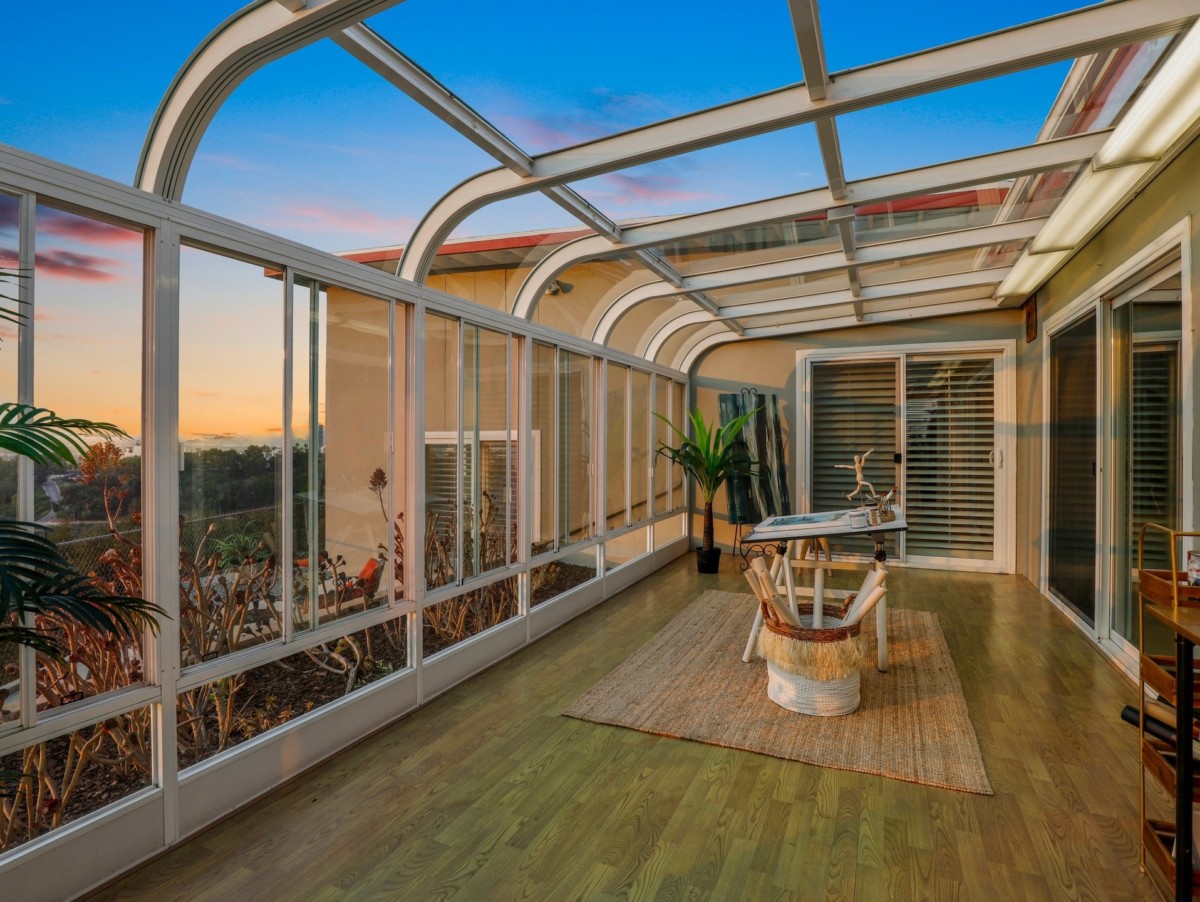

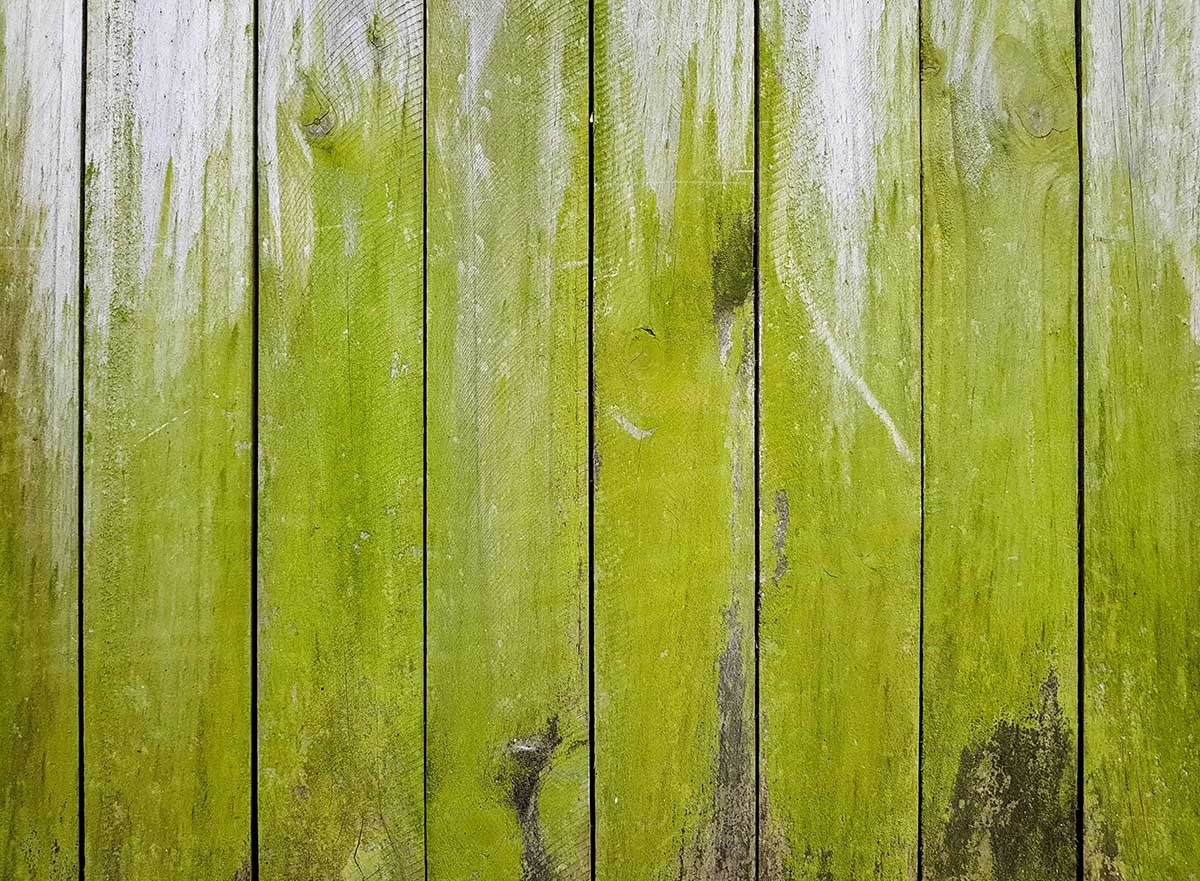
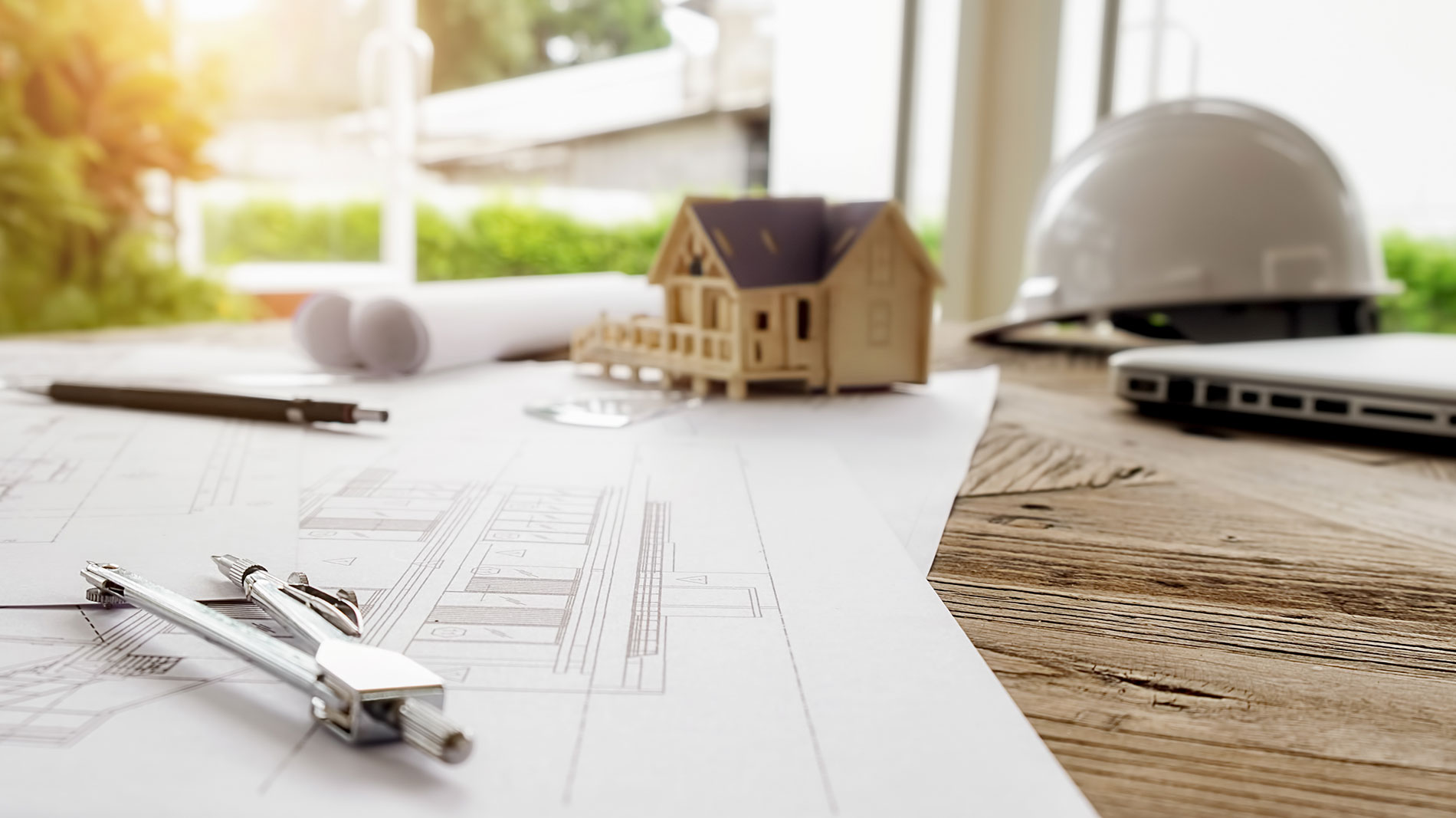
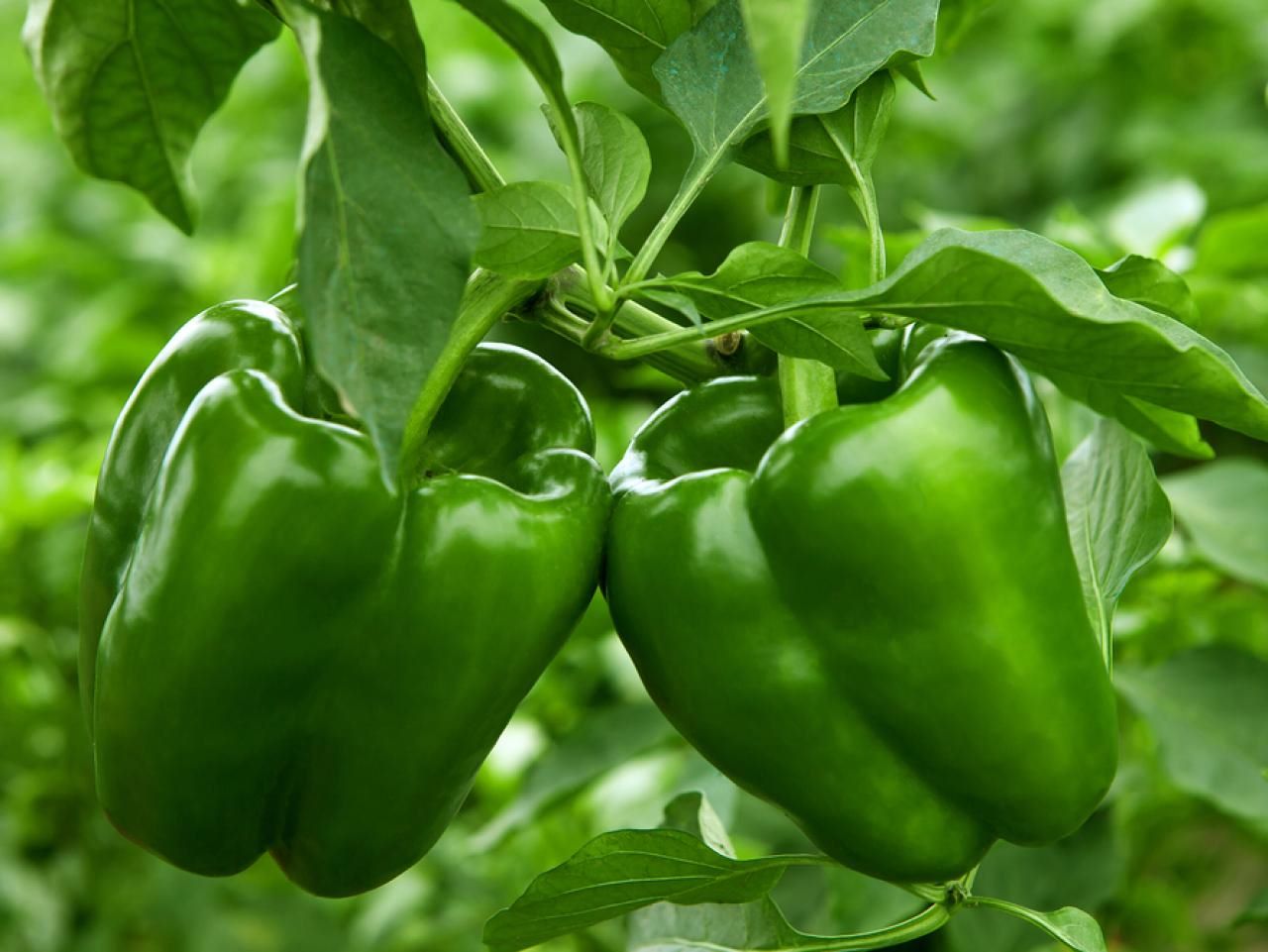
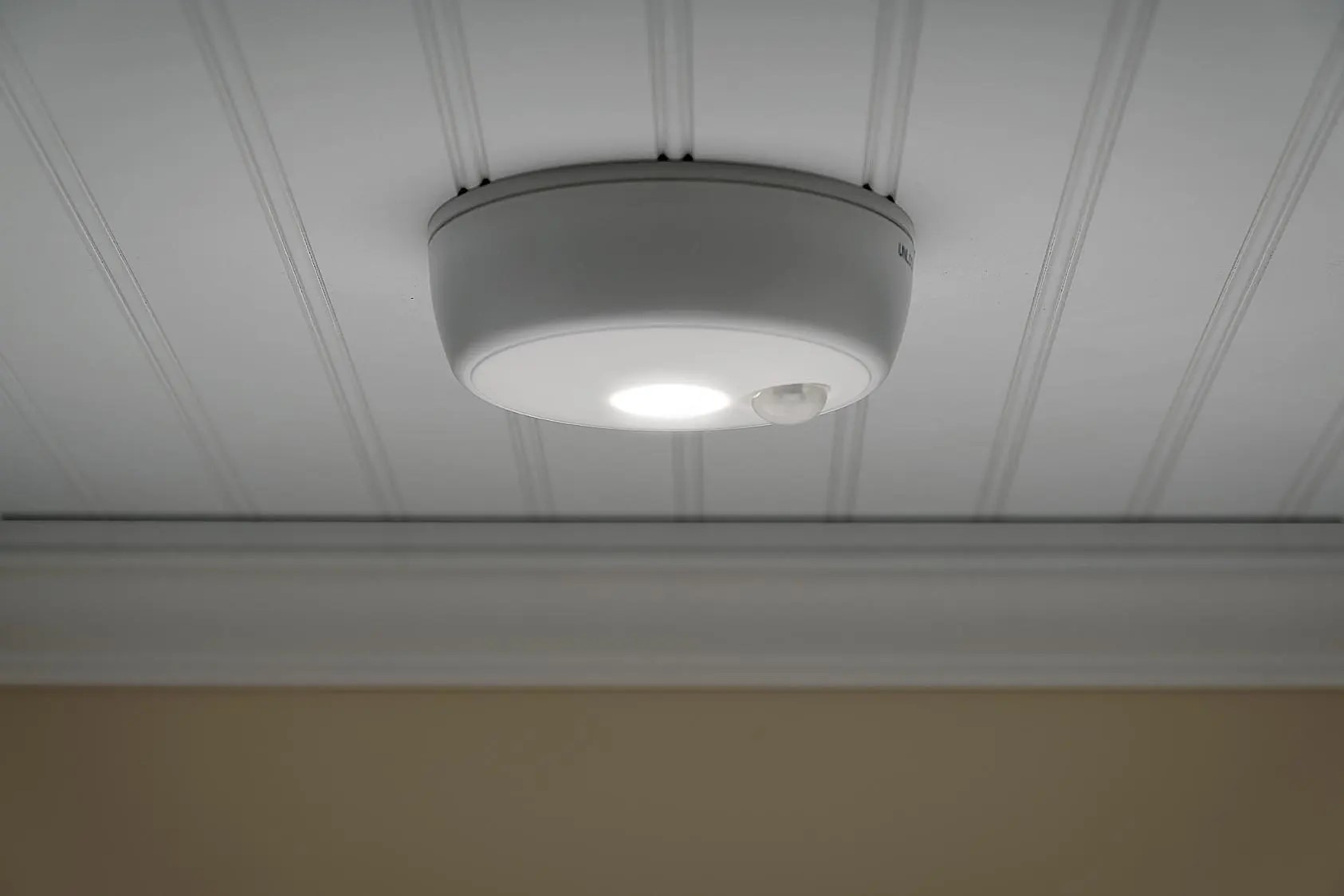
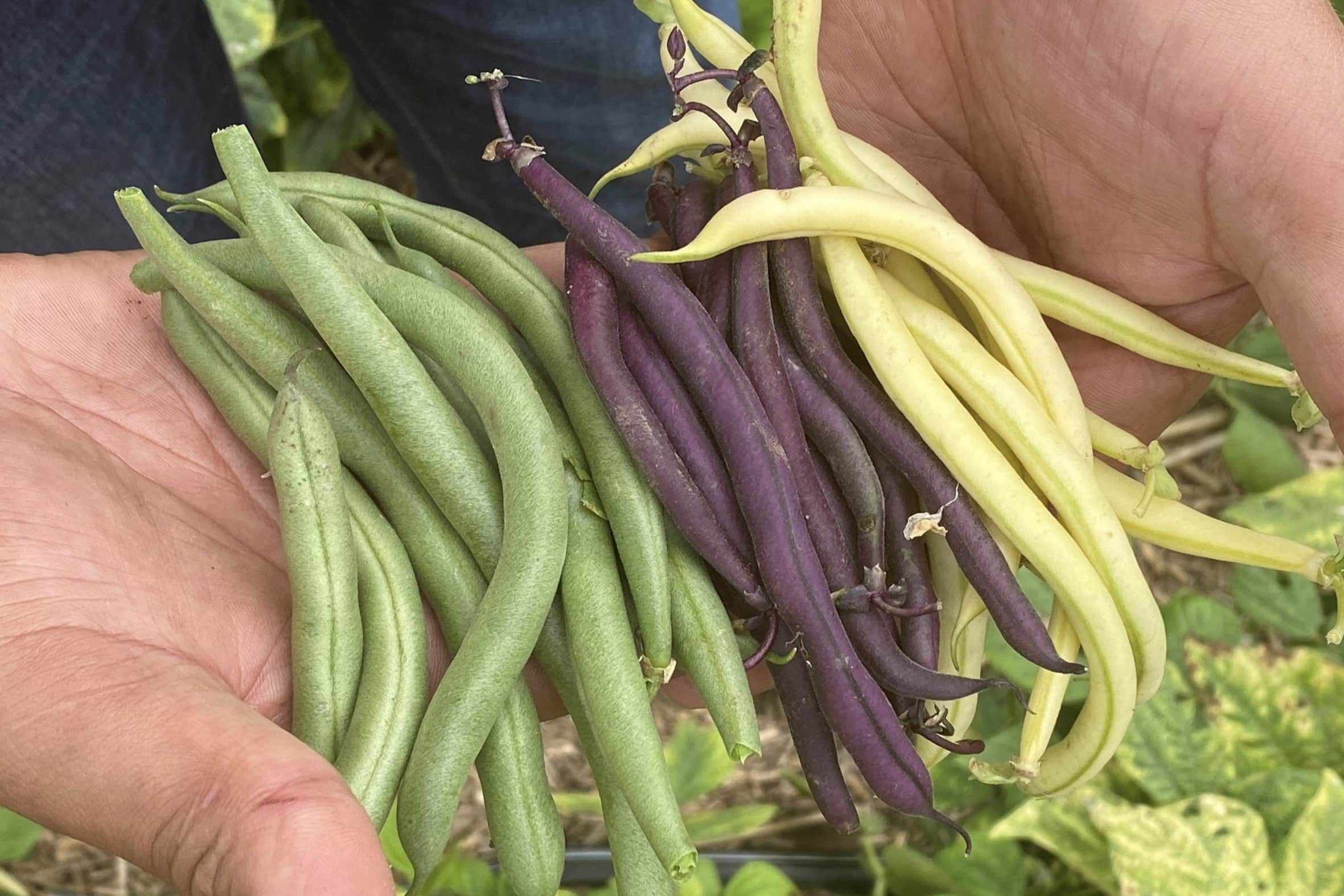
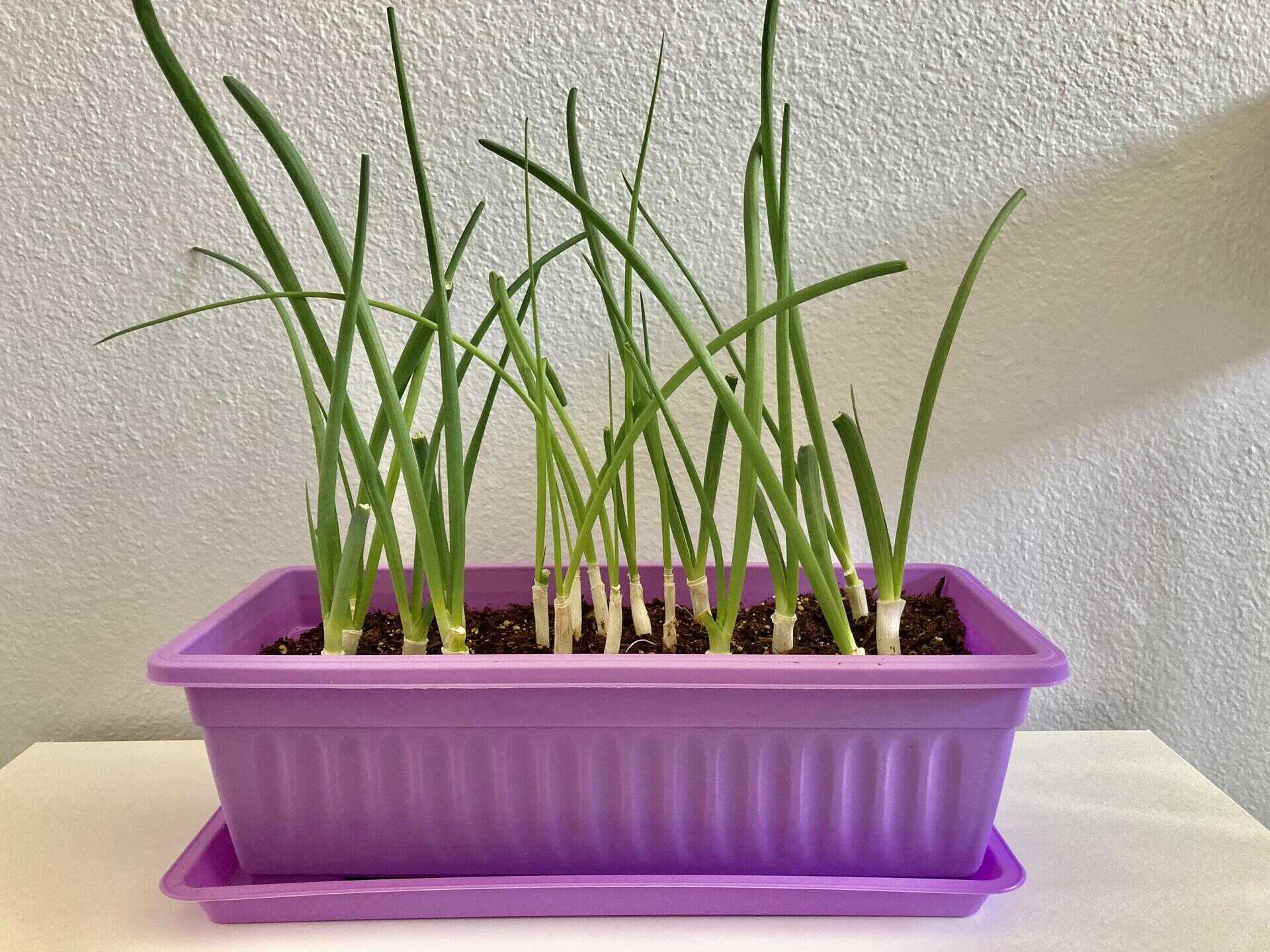
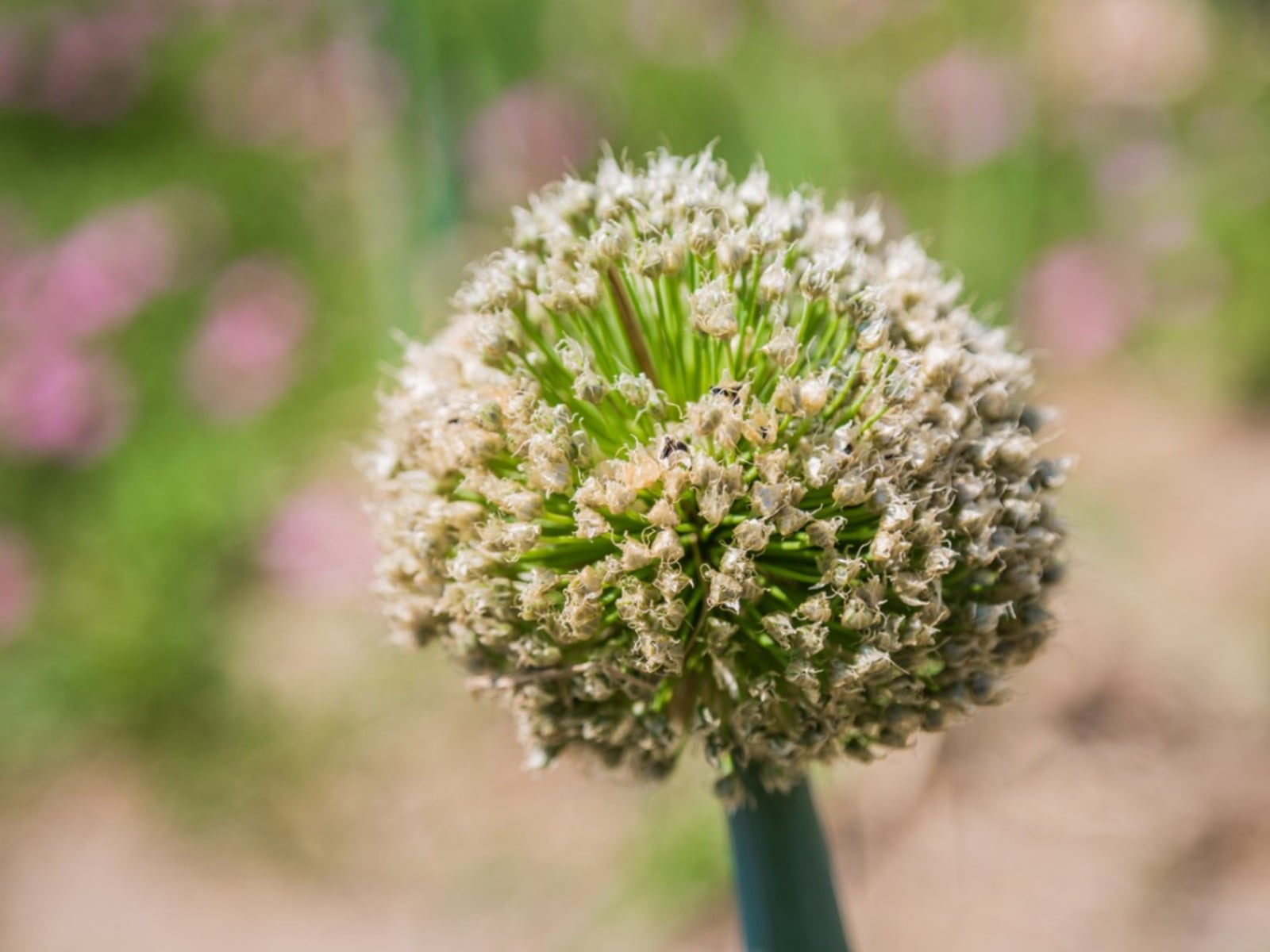
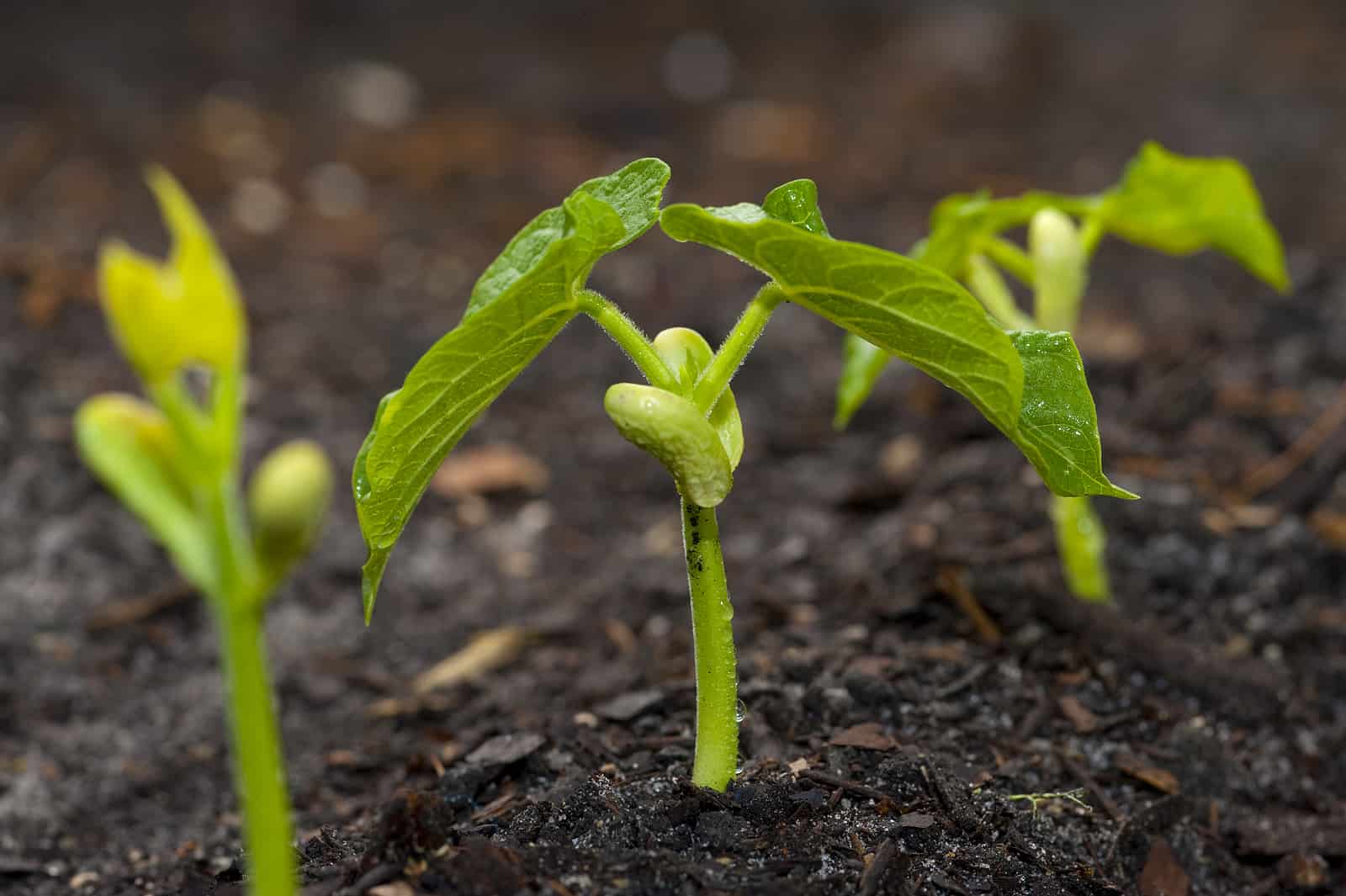
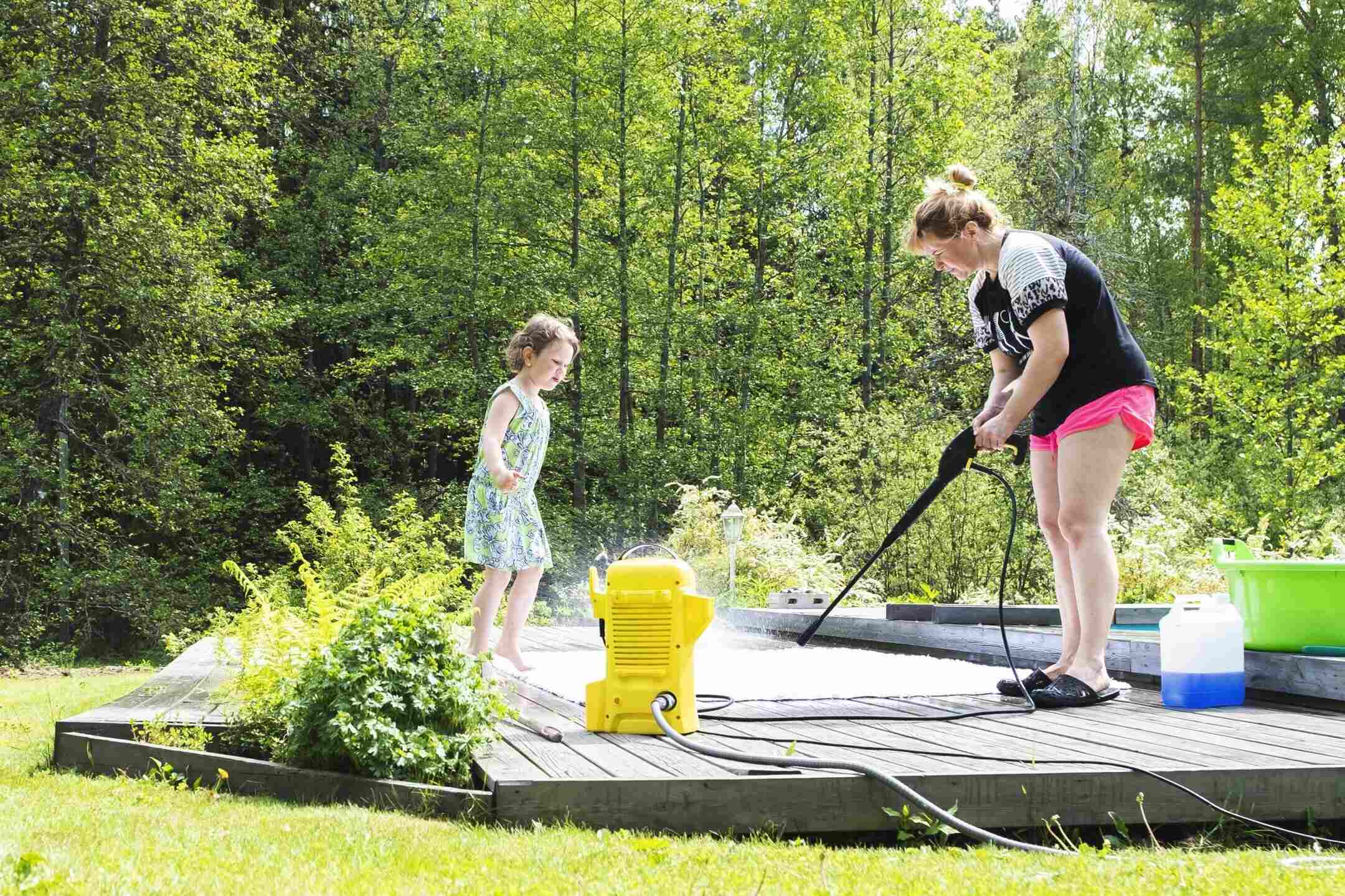

0 thoughts on “How Does A Greenbelt Differ From Green Space”